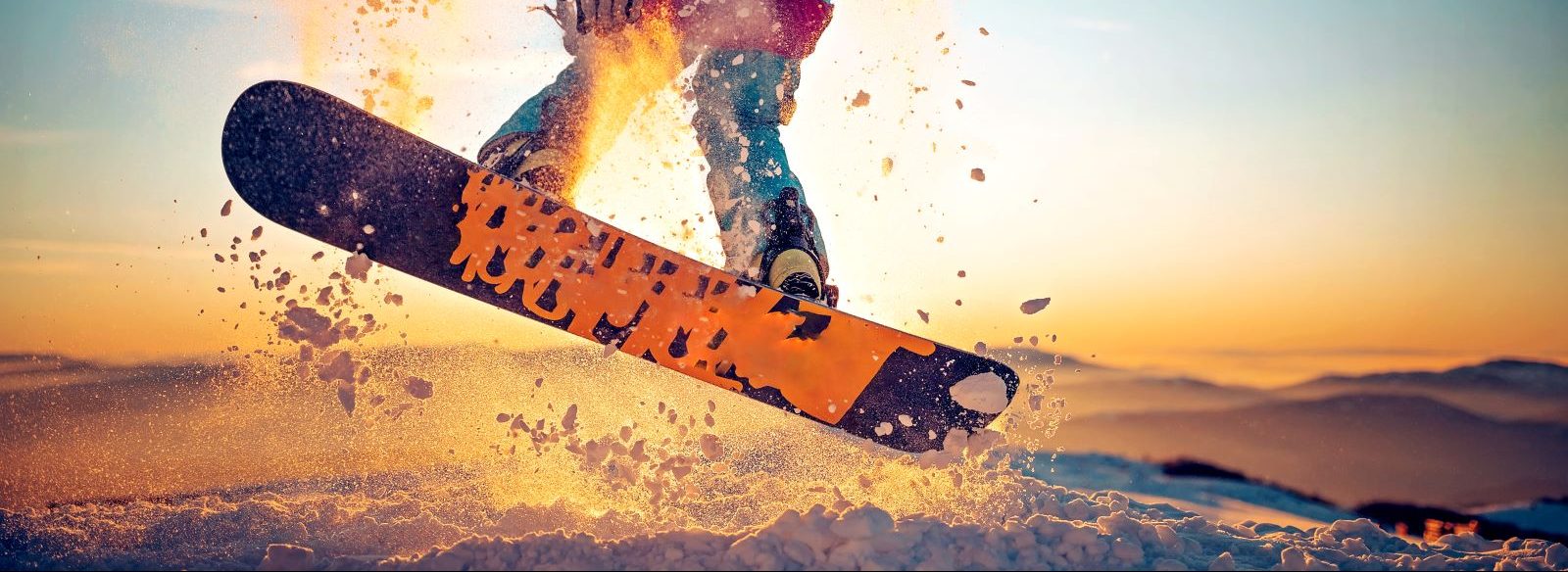<< Back
4 Tips for Avoiding Skiing and Snowboarding Injuries

February 07, 2023
For many of us, snow days aren’t just about hot cocoa by the fireplace. Whether you ski, snowboard, skate or even sled, winter sports have arrived – and with them, an increased risk of injury.
In fact, winter sports such as skiing and snowboarding are responsible for nearly 200,000 injuries each year, according to the U.S. Consumer Products Safety Commission.
“Orthopedic, bone and joint injuries can occur even under the best circumstances,” notes John Irving, MD, co-director of Connecticut Orthopedic Institute at Saint Vincent’s Medical Center in Bridgeport and an orthopedic surgeon at Connecticut Orthopedic Institute at Midstate Medical Center in Meriden.
Common injuries on the mountain
Skiers and snowboarders can encounter a wide range of injuries affecting multiple parts of the body, including:
- Knee injuries, including ACL and meniscus tears
- Concussion
- Whip lash
- Shoulder fracture or dislocation
- Skier’s thumb, which is an acute injury to a ligament of the thumb. Often seen among skiers who fall with the ski pole still in hand.
- Low back pain
> Want more health news? Text StartHere to 85209 to sign up for text alerts
What to do when you’re injured
Not all of these injuries require surgery. Some may simply involve rest, physical therapy, bracing or casts. But the first step, no matter the injury, is to see a doctor.
“It is important to be evaluated by orthopedic specialists as soon as possible to diagnose the degree of any injury,” Dr. Irving explains. “Trauma and reconstructive surgical techniques continue to evolve to help you recover safely, rapidly and substantially from injuries. In addition, our physical therapy colleagues are the most important to help you maximize your return to function and strength after an injury.”
Tips for staying injury-free
Even on the slopes, it’s possible to make it through the winter sports season injury-free if you follow a few simple tips, Dr. Irving says.
- Be prepared. Physical preparation is key. Strengthen your muscles and do cardiovascular workouts.
- Warm up and stretch before hitting the slopes.
- Invest in proper equipment that’s appropriate for your body and skill level, including safety equipment like a helmet.
- Stop immediately if you do fall and suspect you might be hurt.